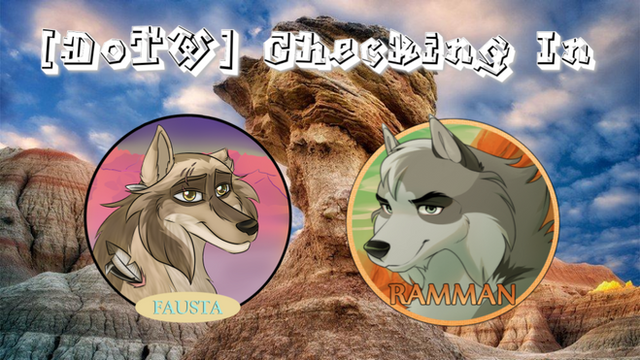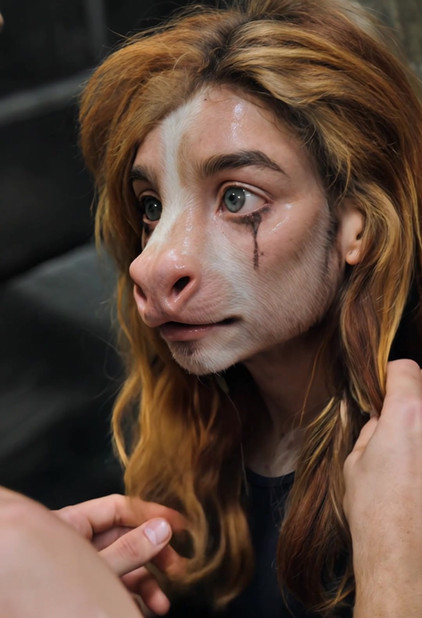HOME | DD
 Warlander-Admin — Dun Guide
Warlander-Admin — Dun Guide

#celtic #guide #warlander
Published: 2024-04-01 08:57:57 +0000 UTC; Views: 671; Favourites: 4; Downloads: 2
Redirect to original
Description
A guide made to help understand how Dun works in Celtic Warlanders. Below are simple rules to make designing a little easier:
☘️ Minimum dun requirements - Lightened coat, dorsal stripe.
☘️ Dun dilution varies, heterozygous dun (nD) can be barely visible besides the dorsal stripe and a few lighter areas on the belly/rump or be quite light and easy to identify with leg barrings (stripes on legs), shoulder stripes, distinctive dark points (legs and face), fishbones across spine (back stripes), cobwebbing (stripes on forehead) and of course frosting (light growths on the mane/tail). These markings can be mixed and matched into many.
☘️ Homozygous dun shows the largest amount of dilution and will never be as 'dark' as heterozygous. The dilution being pronounced also allows for more dun markings such as mottling spots (shoulder and rump spotting),neck shadow, extensive barring and extensive frosting.
☘️ Homozygous dun has the ability to skew which creates brindle like patches. These patches are jagged and are never in big groups/large coverage. More of random blots of stripes. This happens when the colour distribution is placed differently to where it should be causing the skewing and stripes.
☘️ Bider marks happen in a similar manner to skewing, just instead of causing multiple stripy blotches it's one big mass of colour often connecting to the spine.
☘️ Dun combined with other dilutions will simply lighten further, 1x dilute + 1x dilute = 2x the strength of dilute.
Foal accuracy:
☘️ Foals will show the dorsal stripe since birth.
☘️ Barrings and other dun markings develop with age, they are not born with them.
























